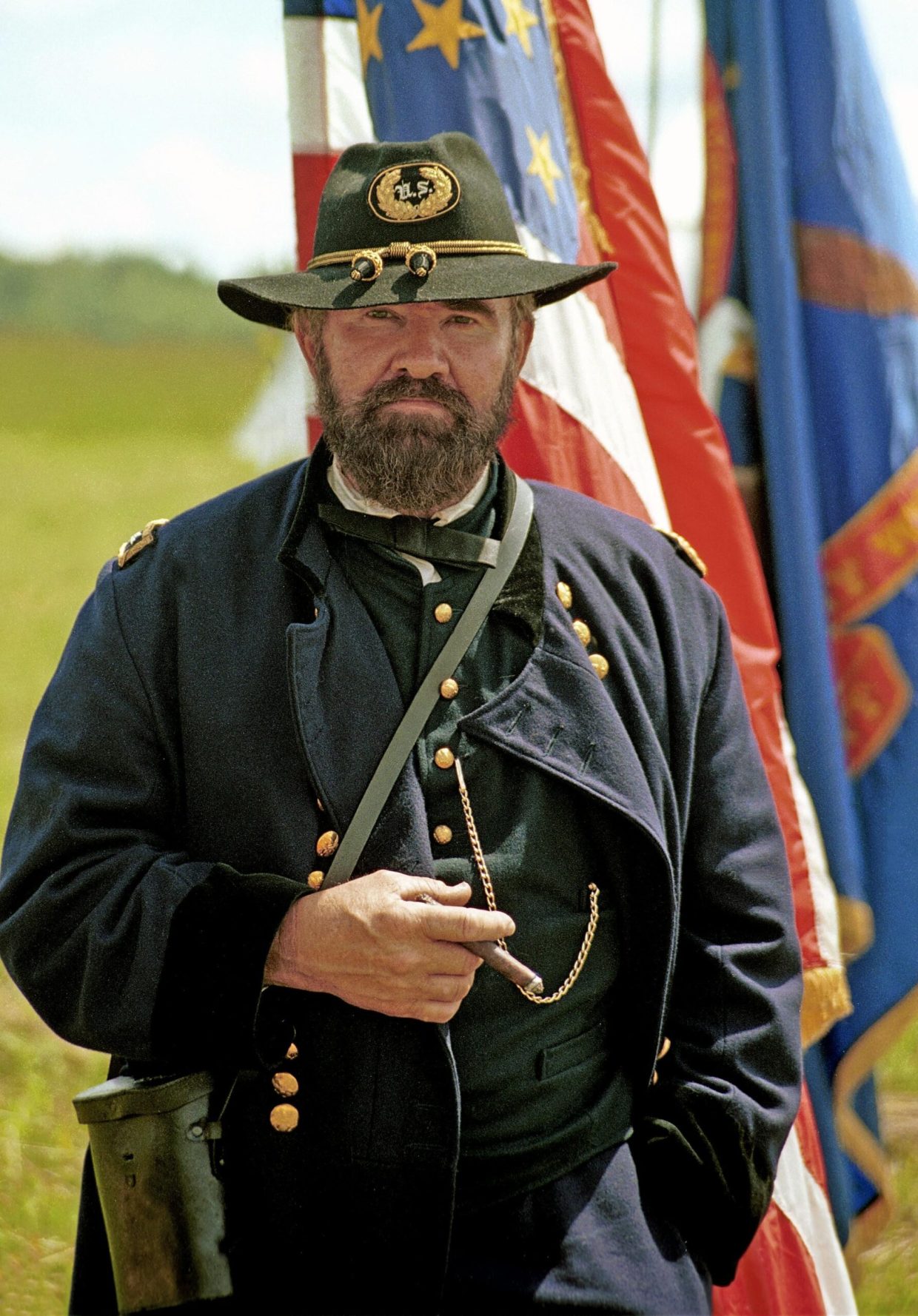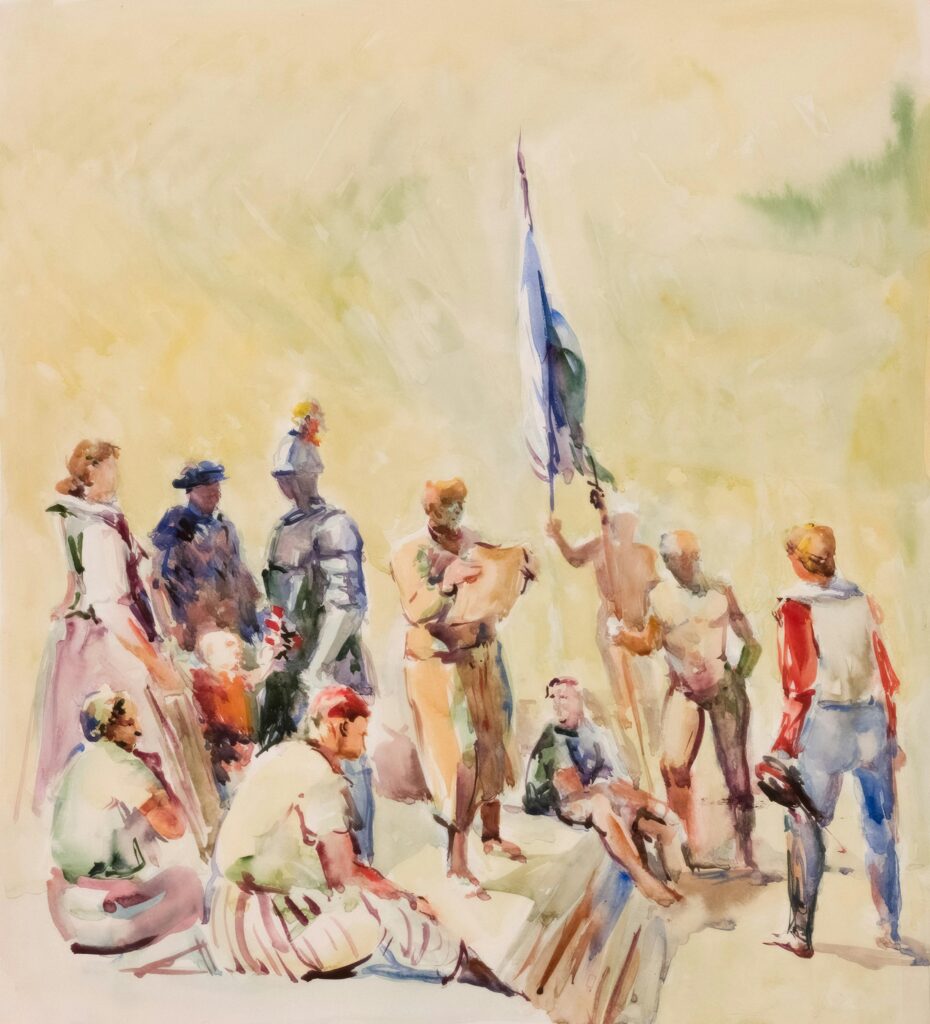Robert E. Lee remains one of the most complex and debated figures in American history. As the commanding general of the Confederate Army during the Civil War, his military skill and leadership have been both praised and criticized, while his role in defending a rebellion rooted in the preservation of slavery casts a long shadow over his legacy. In this article, we delve into the life, career, and enduring impact of Robert E. Lee, seeking to understand not only the man himself but also how his memory continues to shape discussions around heritage, history, and reconciliation in the United States today.
Table of Contents
- Early Military Career and Strategic Impact on the Civil War
- Controversies Surrounding Leadership Decisions and Moral Implications
- Postwar Life, Memory, and the Evolution of Lee’s Public Image
- Approaching the Legacy with Nuance and Educating Future Generations
- The Way Forward
Early Military Career and Strategic Impact on the Civil War
Robert E. Lee’s early military career laid the foundation for his later prominence during the Civil War. Graduating second in his class from West Point in 1829 without a single demerit, Lee quickly distinguished himself as a disciplined and innovative officer. His service in the U.S. Army Corps of Engineers involved critical assignments such as the design and construction of coastal fortifications, which demonstrated his strategic mind and engineering prowess. Moreover, Lee’s participation in the Mexican-American War earned him valuable combat experience and commendations, further solidifying his reputation as a capable and courageous leader. These formative years shaped not only his tactical competence but also his deep sense of duty and honor—traits that would define his command in the years to come.
When Virginia seceded from the Union, Lee’s strategic impact became undeniable. His ability to anticipate Union maneuvers and capitalize on terrain advantages turned several battles into significant Confederate engagements. Lee’s leadership style combined bold offensives with calculated risks, inspiring his troops even in dire situations. Key elements of his approach included:
- Deep understanding of battlefield geography, enabling effective use of defensive positions.
- Adaptive tactics, shifting between aggressive assaults and strategic withdrawals as necessary.
- Emphasis on morale and discipline, fostering unity within often outnumbered and outgunned forces.
This calculated yet dynamic military leadership profoundly shaped the trajectory of the war, leaving a complex legacy that continues to be studied and debated by historians and military strategists alike.
Controversies Surrounding Leadership Decisions and Moral Implications
Robert E. Lee’s leadership during the Civil War remains one of the most debated aspects of his legacy. Revered by some as a brilliant tactician and honorable soldier, Lee’s decisions often invite scrutiny due to the profound consequences they entailed. His choice to lead the Confederate Army, in direct opposition to the United States, not only prolonged a brutal conflict but also aligned him with a cause that sought to uphold slavery. This alignment raises critical moral questions about the intersection of personal honor and political allegiance. While Lee expressed personal reservations about slavery, his unwavering commitment to the Confederacy challenges modern readers to grapple with the ethical weight of loyalty versus justice.
The controversy deepens when considering Lee’s post-war actions and their implications. Despite advocating for reconciliation, his legacy has been used both to glorify the Confederacy and to justify systemic racial injustices. Today, monuments and memorials to Lee stand at the center of nationwide debates. Critics argue that such honors implicitly validate the oppressive values tied to the Confederacy, while defenders assert they commemorate heritage and military prowess. This tension is often summarized by the following points:
- The morality of fighting for a cause defending slavery versus individual honor.
- The lasting social impact of memorializing Confederate leaders in public spaces.
- The challenge of separating historical significance from ethical judgment.
Navigating these complexities requires an unflinching examination of Lee’s decisions not only as military strategies but as choices with enduring moral implications.
Postwar Life, Memory, and the Evolution of Lee’s Public Image
After the Civil War, Robert E. Lee transitioned from a military leader to a symbol whose legacy became a battleground for memory and interpretation. Rather than fading into obscurity, Lee’s image was carefully curated by various groups who sought to shape public opinion about the Confederacy and its cause. His postwar status evolved into that of a dignified, reconciliatory figure who embodied Southern honor and sacrifice. This narrative often highlighted his personal virtues — humility, devotion to family, and stoic acceptance of defeat — transforming him into a near-mythic icon in the Southern collective consciousness.
The remembrance of Lee was complex and multifaceted, marked by both reverence and controversy. Public monuments, commemorations, and portrayals in literature and film contributed to this evolving legacy. These often reflected broader social and political contexts, including:
- The Lost Cause movement: Which sought to recast the Confederacy’s motives and cast Lee as a noble, honorable warrior.
- Civil rights challenges: Debates over Lee’s legacy frequently intersected with struggles over racial equality and the symbolism of Confederate iconography.
- Modern reevaluations: Recent scholarship and activism question romanticized versions of Lee, emphasizing historical accuracy and the experiences of those oppressed by the Confederacy.
Approaching the Legacy with Nuance and Educating Future Generations
When grappling with the complex legacy of Robert E. Lee, it is essential to move beyond simplistic narratives and engage with history in all its multifaceted dimensions. Lee’s military prowess and personal qualities cannot be divorced from the broader context of the Confederacy’s defense of slavery and rebellion against the United States. Educators and historians must strive to present a balanced view, acknowledging both his strategic impact and the moral implications of his choices, thus fostering critical thinking rather than mythologizing.
In teaching future generations, educational institutions can adopt an approach that encourages inquiry and dialogue. This includes:
- Highlighting the diverse perspectives of those affected by Lee’s actions, including enslaved people and Union soldiers.
- Analyzing how Lee’s legacy has been interpreted, appropriated, and contested over time.
- Promoting awareness of how historical memory shapes contemporary social and political issues.
By incorporating these elements, the narrative around Robert E. Lee transforms from one-dimensional heroism or vilification into a gateway for deeper understanding of America’s past and lasting wounds.
The Way Forward
In grappling with the legacy of Robert E. Lee, we confront the complexities of history itself—where valor and controversy are inseparably intertwined. As one of the most iconic figures of the American Civil War, Lee’s life and actions continue to provoke debate, reflection, and reassessment. Understanding his role is not about celebrating or condemning him in isolation, but about recognizing the broader historical context and the enduring impact his legacy holds for today’s society. By examining both the man and the myth, we can engage more thoughtfully with the past and its echoes in our present, fostering a deeper conversation about memory, reconciliation, and the lessons history has to offer.













